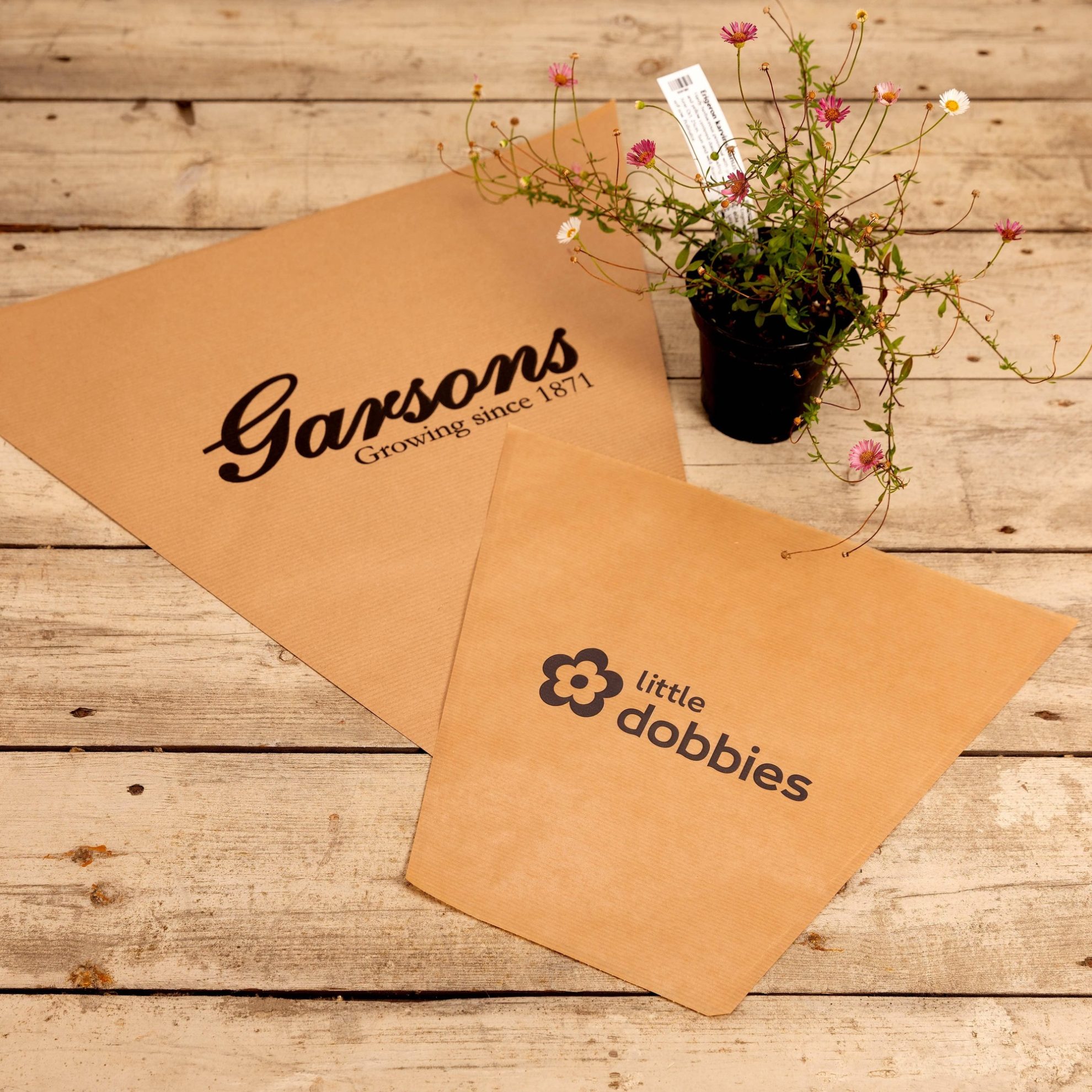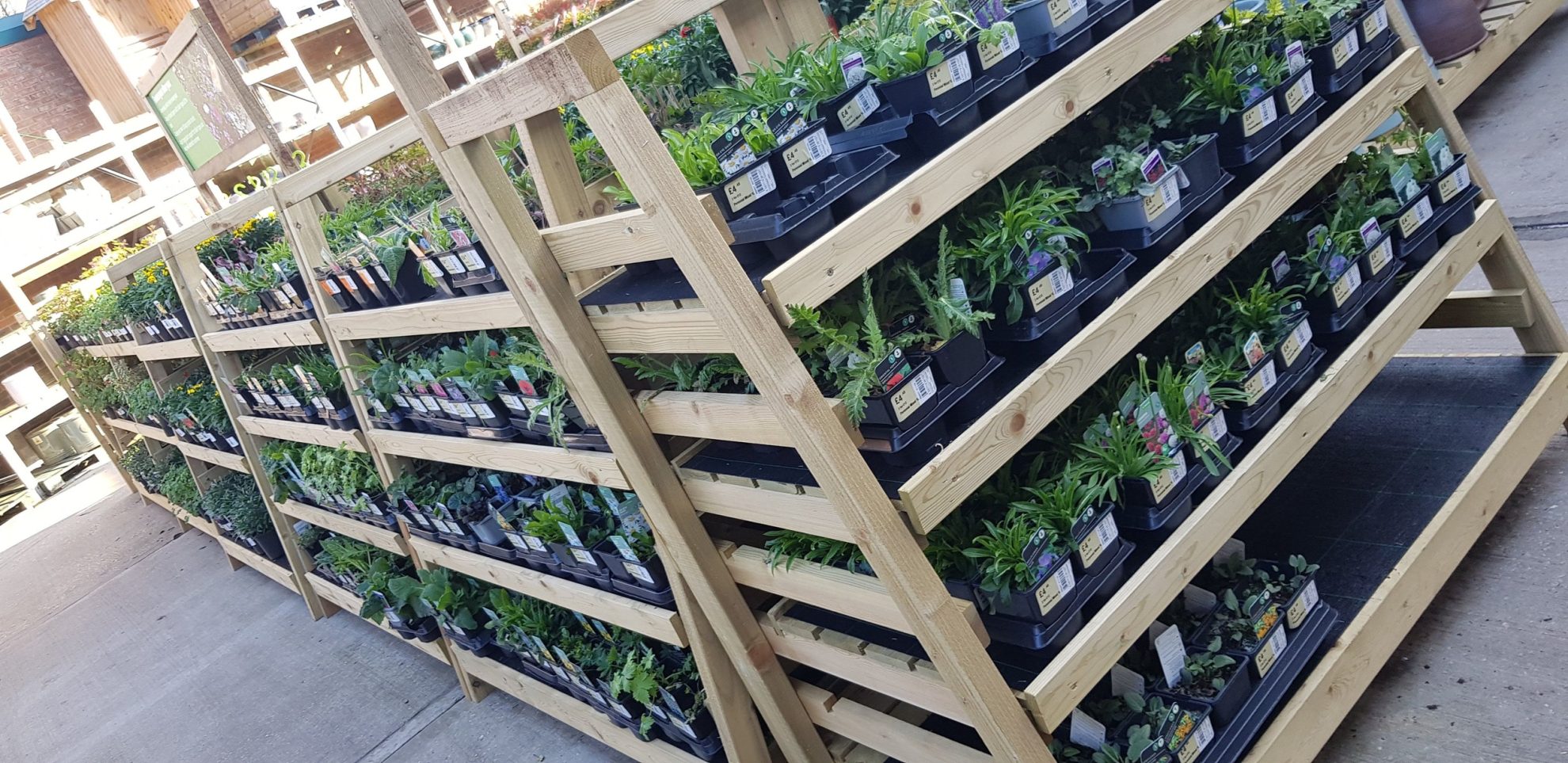Consumers are helping to drive change at the local garden centre, supporting brands doing the right thing when it comes to sustainability.
The pressure is on for garden centres to be seen as greener, more ethical businesses. It’s this increasing expectation, as well as our focus on providing sustainable options, that drives our own product innovation when it comes to supplying specialist products to garden centres, nurseries and growers alike.

We work in partnership with household brands such as Blue Diamond, Dobbies, Garsons, Notcutts, Frosts and RBG Kew, supporting their green ambitions and sustainability goals.
Our selection of essential products for the nursery and garden centre sector includes ecofriendly plant sleeves, trays, carriers and bio-bags, sustainable capillary matting as well as a large selection of plant display items.

Next on the list comes Capillary Matting which is used by garden centres such as Dobbies and Homebase, to name a few.
The pressure is on when it comes costs to water. The on-going costs, scarcity as well as trying to reduce needless waste costs – sustainable capillary matting is a real solution to using less water and reducing plant loss and subsequently cost.
Our capillary matting is a truly market leading offering that offers an effective plant support system available with a unique 3-layer product.
And when it comes to safely transporting or shipping precious plant stock, there’s no need to sacrifice sustainability here either.
Whether you’re a grower or nursery looking to transport plants on trolleys or a garden centre with an ecommerce presence, efficient yet sustainable packaging provides reliable and robust despatch of products. From perforated iWrap hand wrap that allows plants to breathe whilst maintaining load stability, to hard working void fill and cartons that means plants and products arrive in perfect condition.
Speak to one of our packaging experts to discuss your consumable needs.
